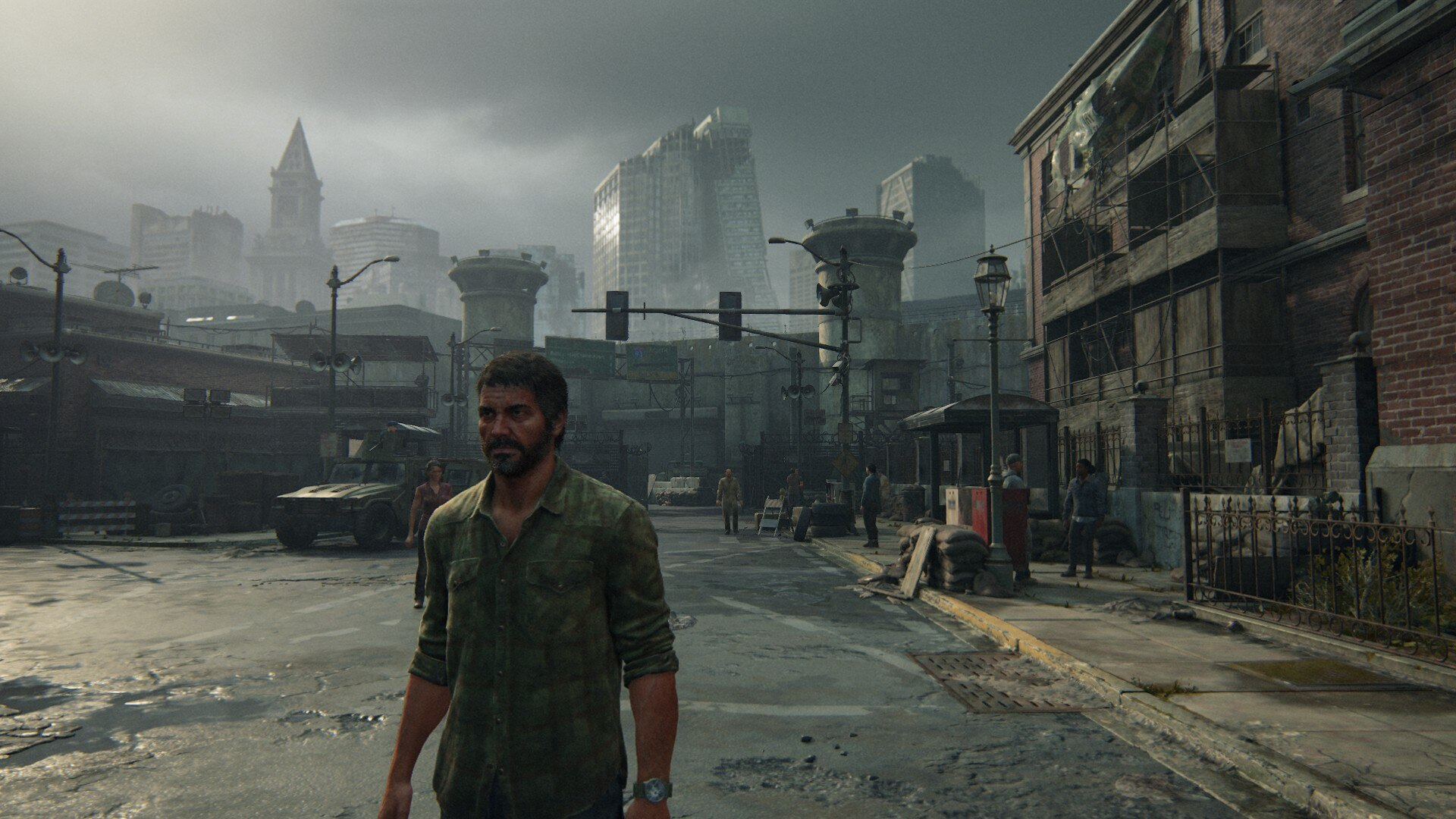Introduction to The Last of Us Part I on PC
The Last of Us Part I has become a cornerstone in the realm of video games since its initial release on the PlayStation platform. Developed by Naughty Dog, this action-adventure game gained widespread acclaim due to its compelling narrative, immersive gameplay, and emotionally-driven characters. The game follows the harrowing journey of Joel and Ellie in a post-apocalyptic world, navigating through the trials of survival, loss, and human connection. Its rich storytelling and engaging gameplay have made it a masterpiece beloved by many in the gaming community.
The anticipation for The Last of Us Part I’s transition to PC has generated significant excitement among a broader audience of gamers. This move signifies not only an opportunity for those who prefer PC gaming to experience this iconic title but also highlights the ongoing trend of bringing previously exclusive console games to the PC platform. The excitement surrounding the launch reflects the growing belief that the PC gaming environment can offer superior graphics, modding capabilities, and performance enhancements, which are particularly attractive to enthusiasts who seek the best gaming experiences.
However, as with many recent console-to-PC adaptations, the launch of The Last of Us Part I on PC has not been without its challenges. Various optimization issues have affected performance, leading players to encounter problems such as frame rate drops, crashes, and graphical glitches. Such technical hurdles have raised a critical question among potential players: should they dive into this acclaimed title immediately or wait for the developers to address the optimization concerns? This section serves as an introduction to understanding the historical context of The Last of Us series, while also framing the current discussions regarding its performance on the PC platform.
Current Performance and Optimization Issues
Since the launch of The Last of Us Part I on PC, numerous players have encountered significant performance issues that have raised concerns regarding the game’s optimization. Reports indicate that many users experience frame rate drops, which can severely affect gameplay smoothness and immersion. These frame rate fluctuations often occur even on systems meeting or exceeding the game’s recommended specifications. Such inconsistencies lead to an uneven gaming experience, prompting some players to express frustration in forums and gaming communities.
In addition to frame rate concerns, issues with graphics settings have also been a common complaint. Many players have noted that adjusting settings such as texture quality and resolution does not yield the expected visual improvements. This confusion suggests that optimization is lacking, as gamers anticipate a seamless transition when configuring their graphics options. The failure to deliver consistently high-quality visuals in accordance with individual system capabilities further exacerbates the dissatisfaction felt by users.
Moreover, major bugs impacting playability have been reported, with instances of the game crashing unexpectedly or failing to load properly. These technical difficulties hinder the overall gaming experience and cause players to debate whether to persist in playing or to wait for patches that might resolve these issues. Player feedback on platforms such as Steam showcases a mixed reception, with many reviews highlighting these technical shortcomings. As developers work on patches and updates to improve performance, it remains a critical time for players to consider whether to engage with The Last of Us Part I on PC or hold off until the game is more stable and optimized.
Potential Fixes and Updates on the Horizon
The release of The Last of Us Part I on PC has been met with a mixed reception, mainly due to performance issues and bugs that have hindered the gaming experience. In response to player feedback, the developers have acknowledged the reported challenges and have expressed a commitment to refining the game’s optimization. This proactive stance is essential for fostering trust and maintaining the game’s player base.
According to official statements, the development team is actively working on a series of patches aimed at addressing the most pressing issues that players have encountered since launch. These include frame rate drops, stuttering, and other graphical inconsistencies that detract from the overall gameplay experience. Players can expect a more stable version of the game, supported by updates that aim to enhance performance across various hardware configurations.
Additionally, the developers have outlined a roadmap for future updates, indicating that they have prioritized optimizations that focus on both graphical fidelity and system performance. The roadmap includes details about anticipated fixes that will roll out in the coming weeks, leading up to potential major updates that may significantly enhance the title’s overall functioning.
Community speculation surrounding these updates is rife, with many players discussing the likelihood of specific fixes and adjustments based on the developers’ previous titles. This anticipation highlights the importance of regular communication between developers and the player community, as it fosters a sense of collaboration. The development team appears to be committed to transparency, providing regular updates on their progress and timelines for the anticipated fixes.
In essence, while the current iteration of The Last of Us Part I on PC may pose challenges, the developers have made it clear that they are working diligently to deliver a more polished and optimized gaming experience. With ongoing updates and community engagement, players can remain hopeful for a brighter future for this beloved title on PC.
Should You Play Now or Wait for Optimization?
The decision to dive into The Last of Us Part I on PC or to hold off for further optimization is contingent on several factors, encompassing both gameplay experiences and technical considerations. For players eager to engage with the game, immediate access offers the chance to experience the emotional narrative and rich environments that the title provides. This urgency can be particularly compelling for fans of the franchise who wish to remain part of the conversation surrounding the game upon its release.
However, it is essential to weigh such eagerness against potential drawbacks. At launch, many games, including The Last of Us Part I, can present a plethora of bugs, crashes, or performance issues that may hinder gameplay enjoyment. Reports from early players often reveal instances of frame drops, graphical fidelity discrepancies, and other technical hiccups. These bugs can disrupt the overall immersive experience that is central to the game’s appeal. For gamers who prioritize polished gameplay and a smooth experience, waiting for patches and revisions might be the more prudent choice.
Your gaming preferences and patience level play crucial roles in this decision. If the prospect of navigating through potential glitches does not deter you, engaging with the game now may provide rich rewards—both in story and in gameplay. Conversely, if you prefer a seamlessly optimized experience, waiting for developers to address the initial shortcomings may be beneficial. Ultimately, the choice boils down to your personal temperament toward immersing yourself in a potentially imperfect version of a highly anticipated title, or adopting a more tempered approach until the game reaches its optimal state.


No responses yet